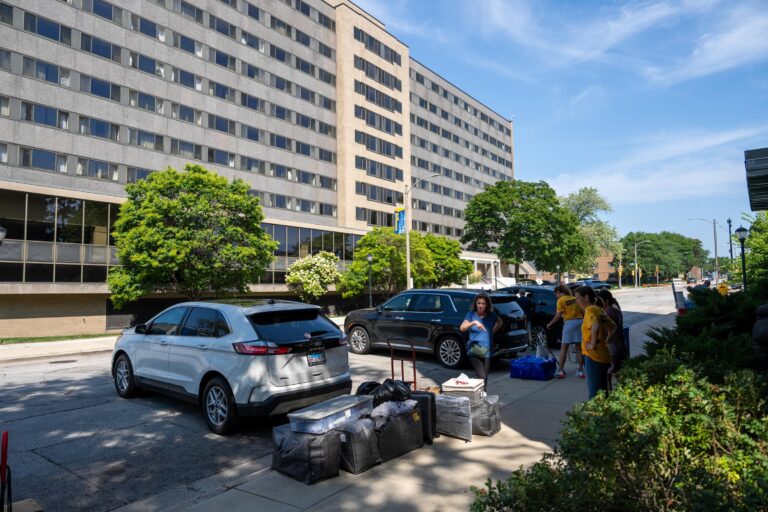

By Dr. Matteo Arena, chair and associate professor of finance, College of Business Administration and Graduate School of Management
There has been a discussion in the past few days among politicians and medical experts whether “the cure is worse than the disease” in relation to COVID-19. Is saving lives more or less important than saving the economy?
Saving lives is what common human decency and compassion would indicate to be the priority.
But what if decision makers do not share those values? Let’s look at this issue from a financial perspective. That is key to informing this discussion for people who feel jobs and the economy are more important than the lives of the people that are more susceptible to the virus.
Here is a simple present value (PV) analysis:
What is the financial benefit of saving a life? The Environmental Protection Agency, in previous studies, has estimated an economic present value of $9.5 million per life saved. If we consider that a majority of deaths will be concentrated on the over-65 population, and we assume the economic value of retirees to be less, we can adjust the average economic value of each saved life to about $6 million (other economists, such as University of Chicago’s Luigi Zingales, used $7 million for some of their projections).
What is the cost of saving a life? Recent studies that factor in the cost of shutting down the economy for a prolonged period, in addition to medical costs associated with extensive testing and other preventive measures, estimate a cost of $2 million in economic activity per life saved.
Projections by medical experts based on what we know about the virus, what is happening in other countries, and U.S. demographics suggest that “re-opening the economy” early would cause an additional 500,000 deaths.
Let’s put everything together:
What is the economic value of an extensive lockdown in today’s dollars?
PV = (6,000,000 – 2,000,000) * 500,000 = $2 trillion
2 TRILLION DOLLARS.
That’s equal to the size of the stimulus package that congress has recently approved, which is by far the largest stimulus bill in U.S. history.
Even more conservative estimates (doubling the cost to $4 million per life or reducing the total number of possible deaths to around 200,000) would generate a value around $500 billion.
Therefore, it is incorrect and deceiving to imply a choice between saving the economy or saving lives. Saving lives will also save the economy.



